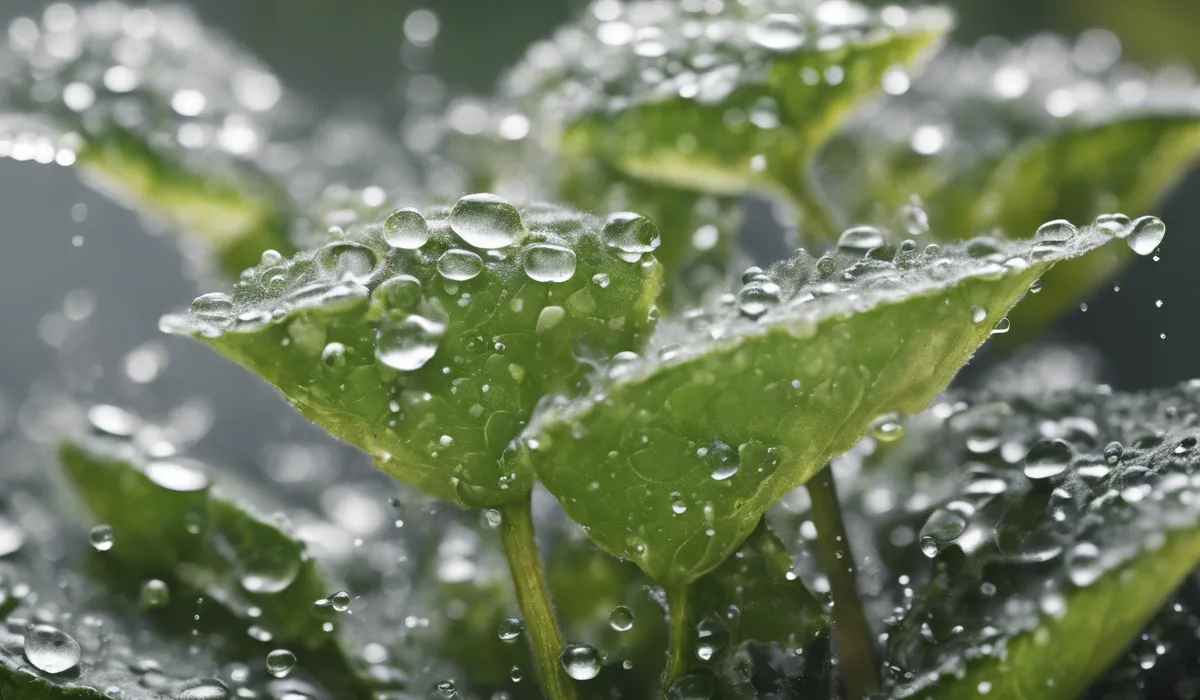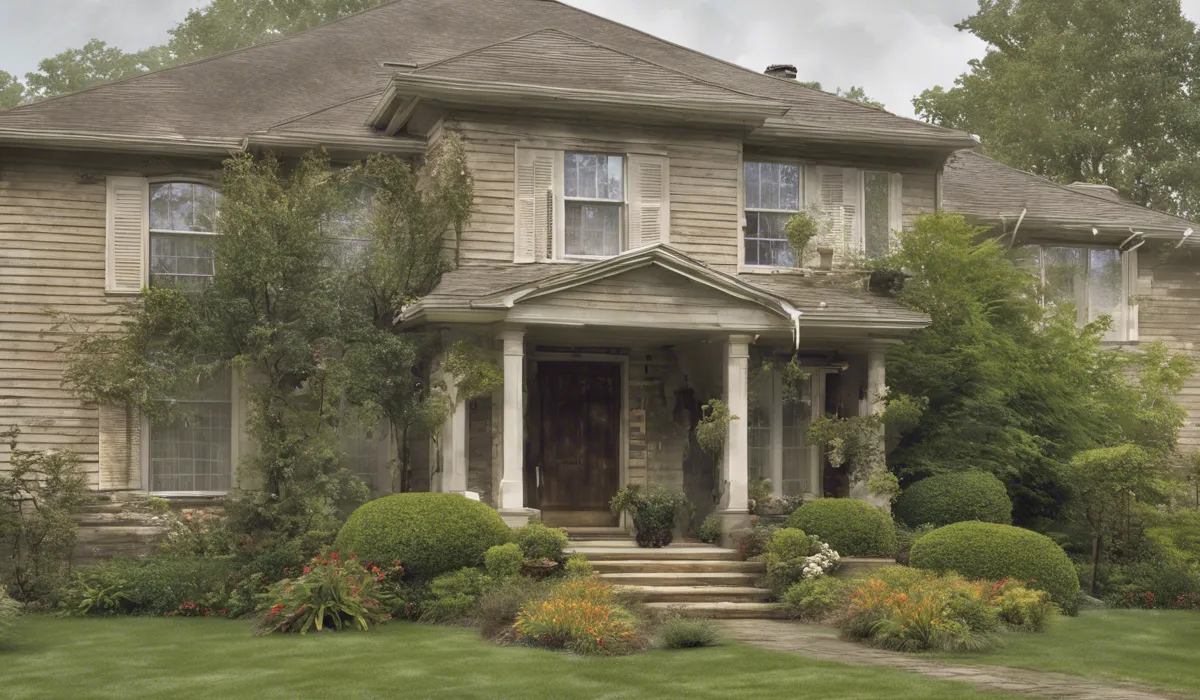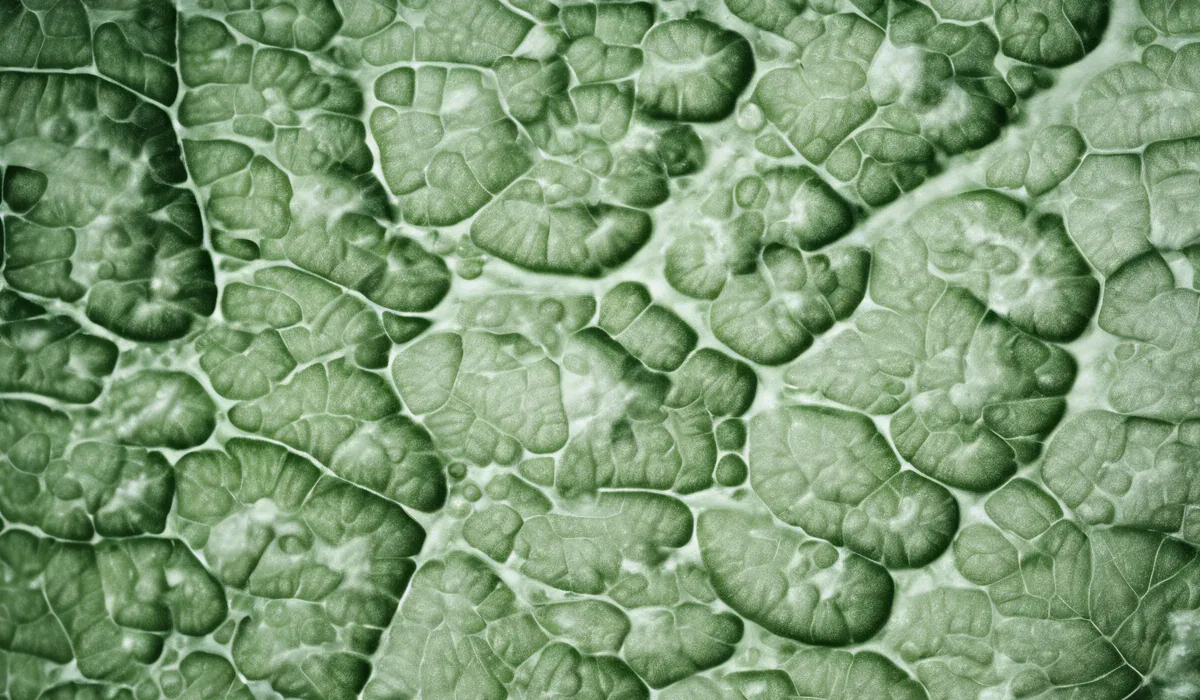To avoid mildew, ensure good air circulation, use dehumidifiers in damp areas, fix leaks promptly, and clean surfaces with mildew-resistant products. Regularly dry out shower walls and items prone to dampness.
Understanding Mildew and Its Causes

Definition of Mildew
Mildew is a type of fungus that thrives in moist environments. It appears as a thin, flat growth and can be white, gray, or yellow.
Mildew often grows on organic materials like paper, leather, and fabrics. It also grows on damp surfaces, such as bathroom walls and window sills.
Unlike plants, mildew does not need sunlight to grow. Instead, it loves dampness and warmth.
Differences Between Mildew and Mold
Many people think mildew and mold are the same, but they are different. Mildew is a specific kind of mold that is usually flat and powdery.
Mold, on the other hand, can be fuzzy or slimy and comes in many colors like black, green, or red. Mold often causes more damage than mildew and can be tougher to remove.
Common Causes of Mildew Growth
Excess Moisture and Humidity
Mildew loves wet places. When the air in a room has a lot of water in it, we call this high humidity. Bathrooms, kitchens, and basements can get very humid. Drying wet clothes inside or having lots of house plants can also make a room more humid.
Lack of Ventilation
Rooms that do not have good airflow can get mildew. This is because the air stays still and damp. It helps to open doors and windows or use fans to keep the air moving. This makes it harder for mildew to grow.
Warm Temperatures
Mildew grows best in warm places. This is why it is common in the summer or in warm parts of the house. Keeping the temperature cooler can slow down mildew growth.
Dark and Damp Environments
Mildew does not need light, so it can grow in dark places. Closets, cabinets, and areas under sinks can get mildew if they are also damp. It is important to keep these places dry.
Prevention Strategies for Mildew

Controlling Humidity Levels
Using Dehumidifiers
Dehumidifiers take water out of the air, which makes the room less humid. This helps stop mildew from growing. It is a good idea to use dehumidifiers in rooms that are very damp, like basements or laundry rooms.
Ventilating Rooms, Especially Kitchens and Bathrooms
Kitchens and bathrooms get very steamy when we cook or take showers. Using fans or opening windows helps get rid of the steam and keeps these rooms drier. This makes it hard for mildew to grow.
Ensuring Proper Ventilation
Installing Exhaust Fans
Exhaust fans are great for removing damp air. They are very helpful in bathrooms and kitchens.
When we use these fans, they suck the steamy air out of the room and send it outside. This keeps the air in the room fresh and dry.
Opening Windows to Improve Air Circulation
Opening windows lets fresh air come in and old air go out. This is a simple way to keep air moving and prevent mildew.
When the weather is nice, it is a good idea to let air flow through the house by opening windows across from each other.
Regular Cleaning Routines
Using Mildew-Resistant Cleaners
There are special cleaners that make it hard for mildew to grow. Using these cleaners for regular cleaning can help keep mildew away. It is important to clean often, especially in places that get wet, like showers.
Addressing Spills and Leaks Promptly
When water spills or leaks, it should be cleaned up right away. This stops the area from staying wet and becoming a place where mildew can grow. Check pipes and faucets often to make sure they are not leaking.
Choosing Mildew-Resistant Materials and Paints
For Construction and Renovation Projects
When building or fixing up a house, it is smart to use materials that do not let mildew grow. Some paints and building materials are made to resist mildew. This can help keep the home clean and safe.
For Home Furnishings and Textiles
Curtains, couches, and carpets can all get mildew if they are in damp places. Choosing materials that are made to stop mildew can help keep these items fresh and clean.
Remedies for Existing Mildew Issues

Natural Cleaning Solutions
Vinegar
Vinegar is a natural cleaner that can kill mildew. It is safe to use and does not harm the environment. You can spray vinegar on the mildew, let it sit, and then wipe it away. It works well and does not have harsh chemicals.
Baking Soda
Baking soda is another natural cleaner that can help with mildew. You can mix it with water to make a paste, put it on the mildew, and scrub it off.
It is gentle and can be used on many surfaces.
Tea Tree Oil
Tea tree oil is a natural oil that can kill mildew. You can mix it with water and spray it on the mildew. It has a strong smell, but it is very good at getting rid of mildew.
Chemical Treatments
Chlorine Bleach
Chlorine bleach is a strong cleaner that can kill mildew. It is important to use it safely because it is a harsh chemical.
Always follow the instructions and use it in a well-ventilated area.
Commercial Mildew Removers
There are many cleaners you can buy that are made to kill mildew. These are often very powerful and can work quickly.
Make sure to choose one that is safe for the surface you are cleaning and follow the directions carefully.
Professional Remediation Services
When to Consider Professional Help?
If mildew is a big problem or if it keeps coming back, it might be time to get help from a professional.
They know how to remove mildew safely and can also fix the cause of the problem. This can help make sure the mildew does not return.
What to Expect from a Professional Mildew Removal Service
Professional mildew removers will check the house and find out where the mildew is coming from.
They will use special tools and cleaners to get rid of the mildew. They can also give advice on how to keep the mildew from coming back.
Their work often comes with a promise that if the mildew returns, they will fix it.
FAQs About Avoiding Mildew
How can I prevent mildew in my home?
To prevent mildew, maintain good air circulation, use dehumidifiers in damp areas, promptly repair any leaks, and regularly use mildew-resistant cleaning products on surfaces.
What can I do to stop mildew from growing in my bathroom?
After showering, dry out your shower walls and keep the bathroom well-ventilated. Use mildew-resistant cleaners for regular cleaning to prevent mildew growth.
Can dehumidifiers help in preventing mildew in my house?
Yes, dehumidifiers can help by reducing humidity in damp areas of your home, making it less hospitable for mildew to grow.
How does fixing leaks help in mildew prevention?
Fixing leaks promptly prevents excess moisture, which is a primary factor in mildew growth. Keeping everything dry inhibits mildew development.
What types of products should I use to clean surfaces to prevent mildew?
Use cleaning agents specifically designed to be mildew-resistant as they contain ingredients that inhibit the growth of mildew on surfaces.
Final Thoughts
Mildew prevention hinges on reducing moisture and enhancing airflow. Utilize dehumidifiers in humid spaces, address leaks without delay, and choose mildew-resistant cleaners for routine surface care.
Make it a habit to dry shower areas and other moisture-prone items regularly to further mitigate mildew growth.
